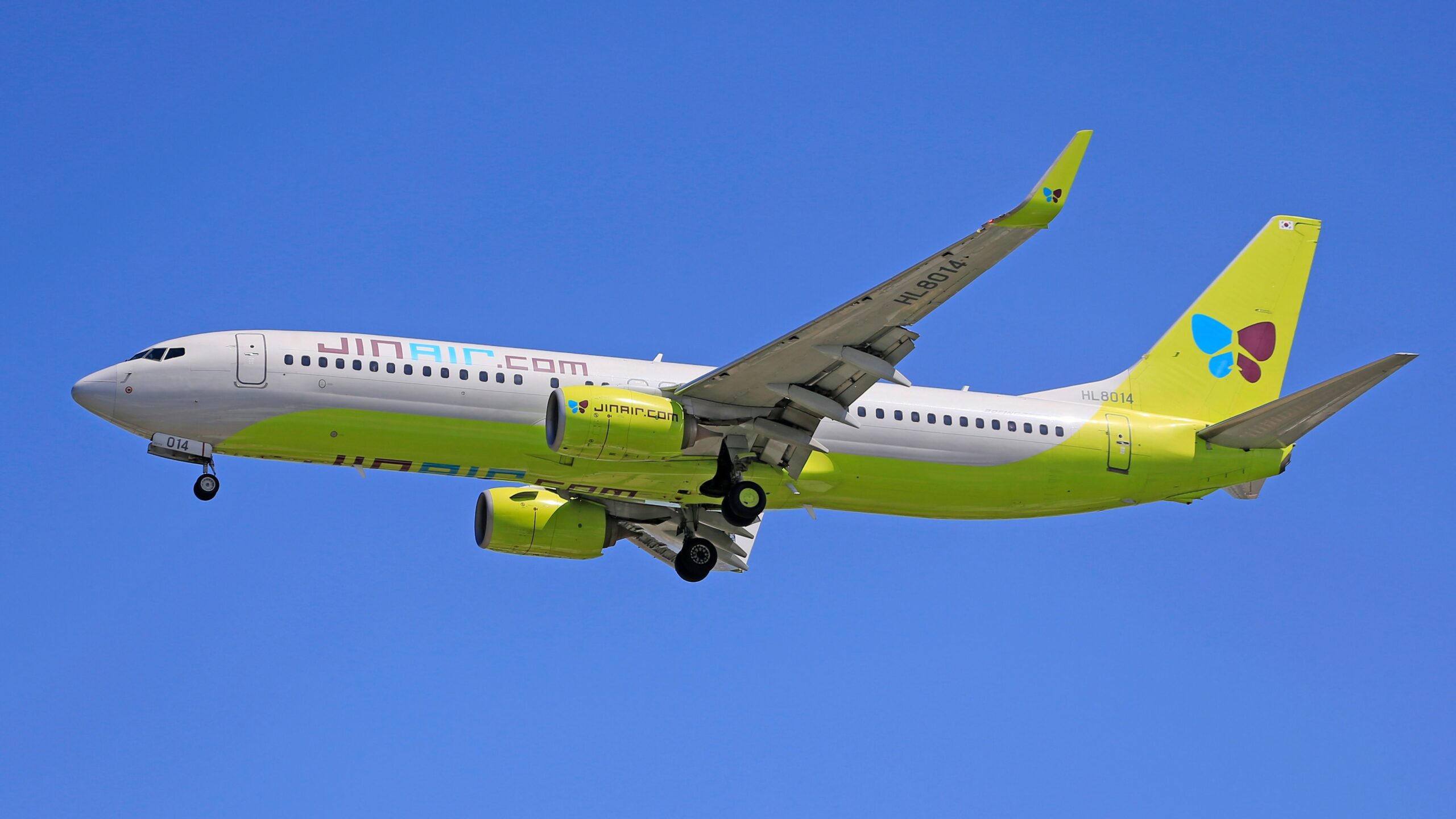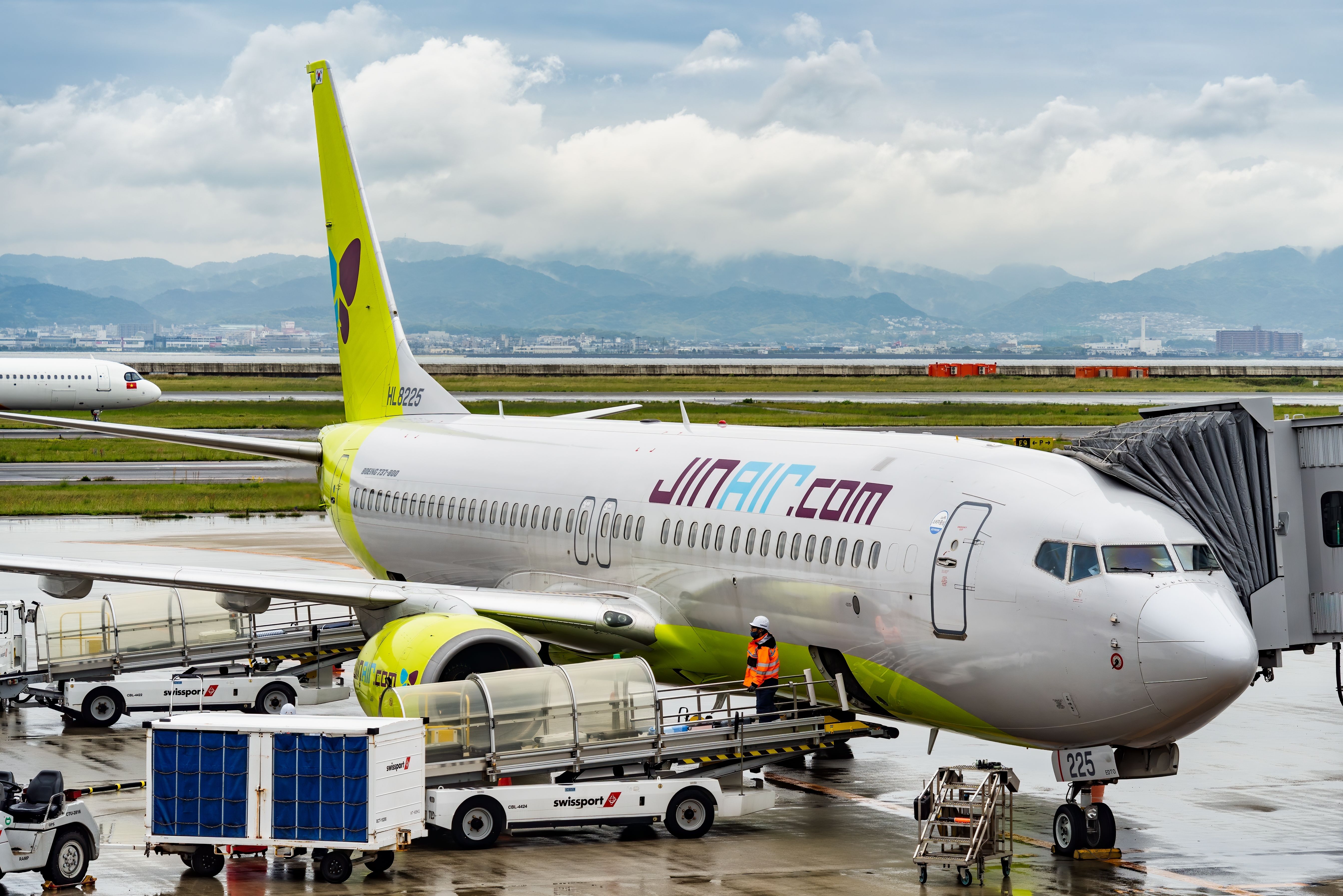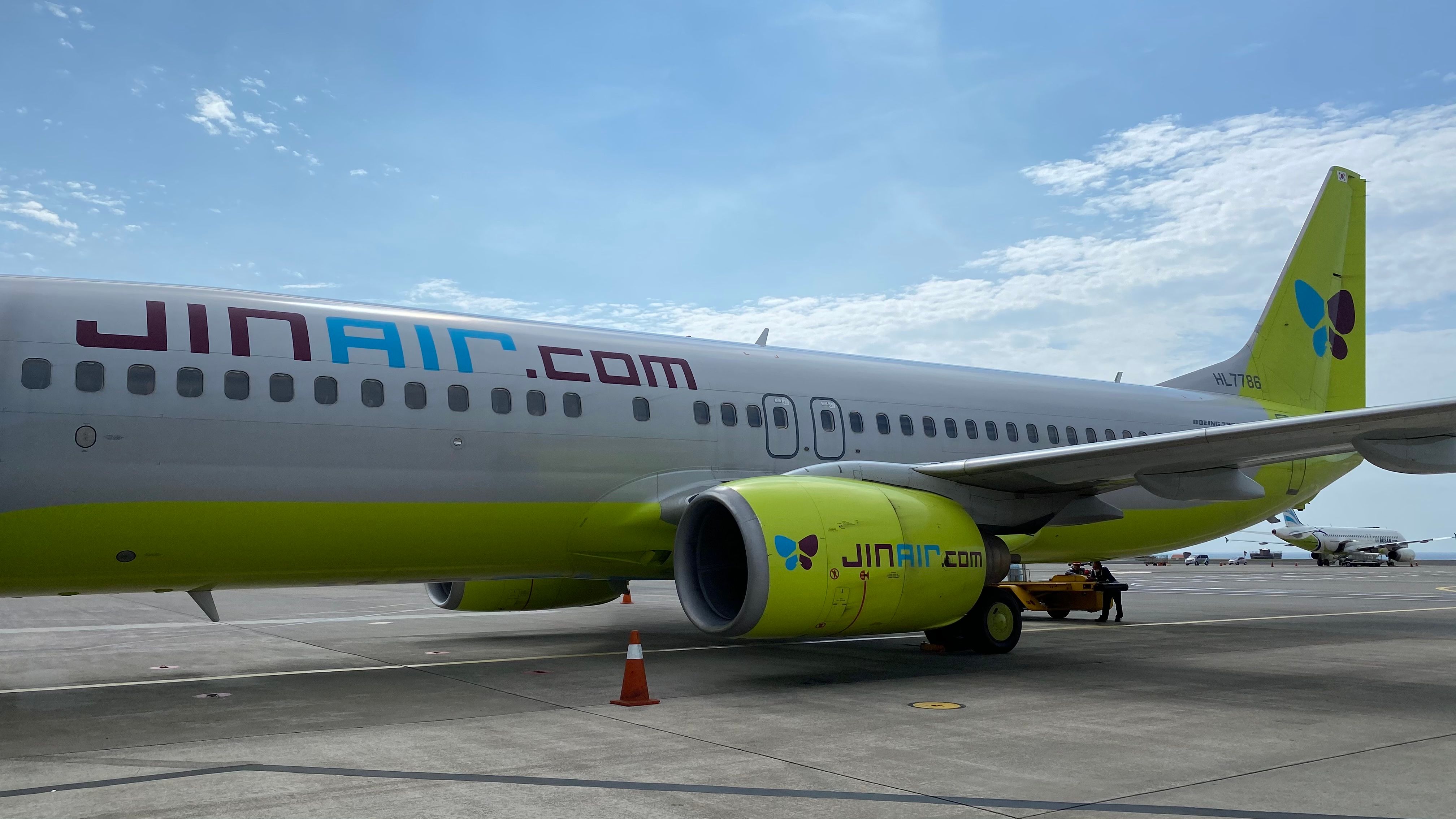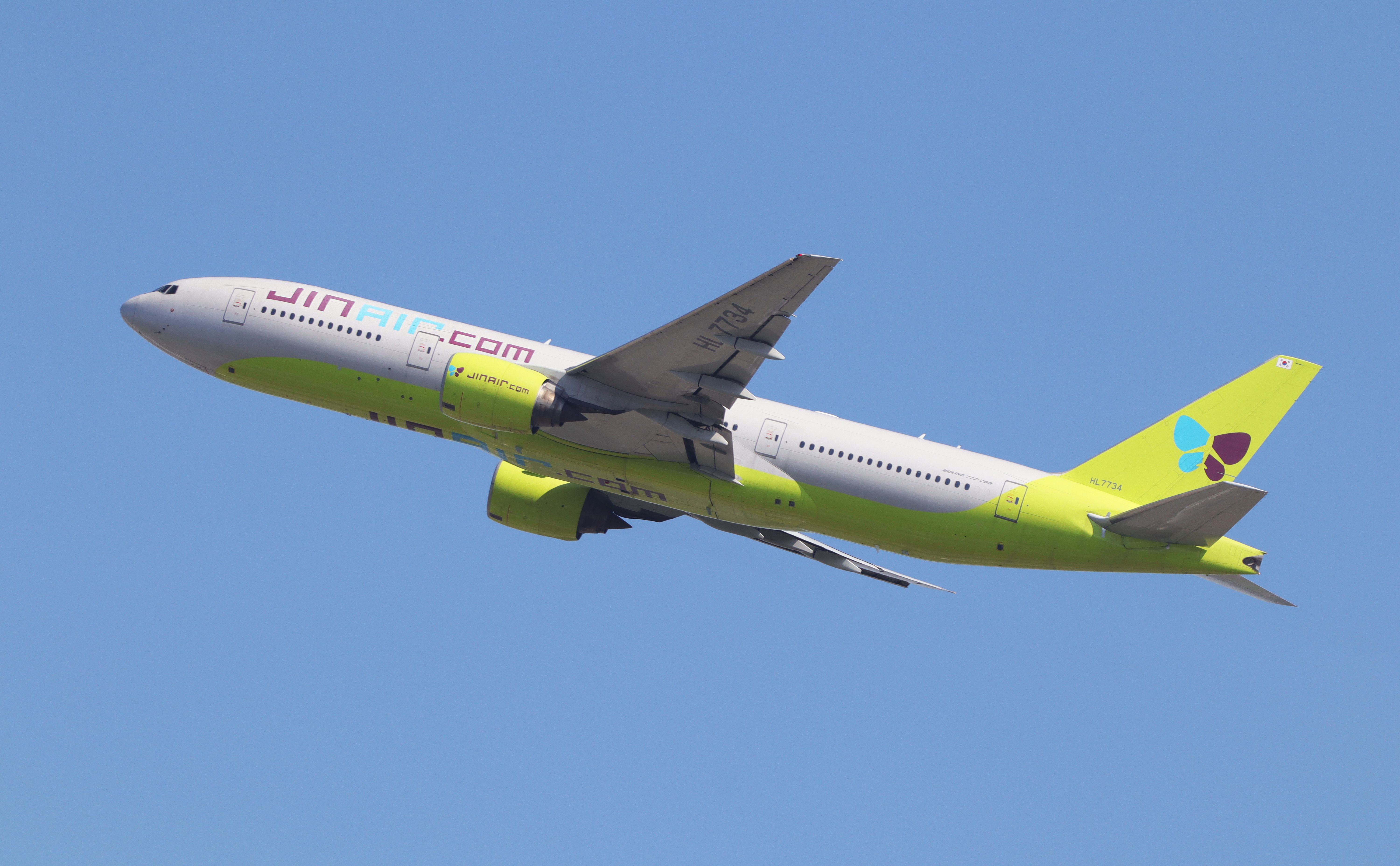Jin Air has announced significant expansion plans from Muan International Airport (MWX). The South Korean carrier will launch three new routes this winter, connecting Muan with three cities in Japan and Taiwan.
Photo: Cristi Croitoru | Shutterstock
As reported by AeroRoutes, from December 2nd, 2024, Jin Air will fly to Osaka Kansai International Airport (KIX), Taipei Taoyuan International Airport (TPE), and Tokyo Narita Airport (NRT). All three routes will operate on a daily basis, as per the following schedule:
Muan – Osaka
|
Flight number |
Route |
Departure |
Arrival |
|---|---|---|---|
|
LJ257 |
MWX – KIX |
08:25 |
09:55 |
|
LJ258 |
KIX – MWX |
10:55 |
12:35 |
Muan – Tokyo
|
Flight number |
Route |
Departure |
Arrival |
|---|---|---|---|
|
LJ227 |
MWX – NRT |
17:00 |
19:00 |
|
LJ228 |
NRT – MWX |
20:00 |
22:00 |
Muan – Taipei
|
Flight number |
Route |
Departure |
Arrival |
|---|---|---|---|
|
LJ747 |
MWX – TPE |
23:30 |
00:40 |
|
LJ748 |
TPE – MWX |
01:40 |
04:35 |
Jin Air will deploy its Boeing 737-800s on each of the new routes, and the schedule indicates that the same aircraft will most likely operate all three routes. Each of the carrier’s 737-800s is equipped to carry up to a maximum of 183 passengers in an all-economy configuration.
Connecting South Korea to the wider region
Jin Air will not face direct competition on any of its three new routes from Muan International Airport. The city of Muan is located in the southwest of South Korea, and Jin Air also flies from the airport to Jeju (CJU) and Ulaanbaatar (UBN).
Photo: yllyso | Shutterstock
Jeju International Airport is the second-busiest airport in the country, after Seoul’s Incheon International Airport (ICN), while the link between Jeju and Seoul Gimpo Airport (GMP) is currently the world’s busiest air route, seeing more than 13 million passengers last year.
Also in December 2024, Jin Air will launch direct flights from Seoul Incheon to Taichung International Airport (RMQ), which is the sixth-largest airport in Taiwan. On this route, the carrier will face direct competition from both Korean Air and T-way Air.
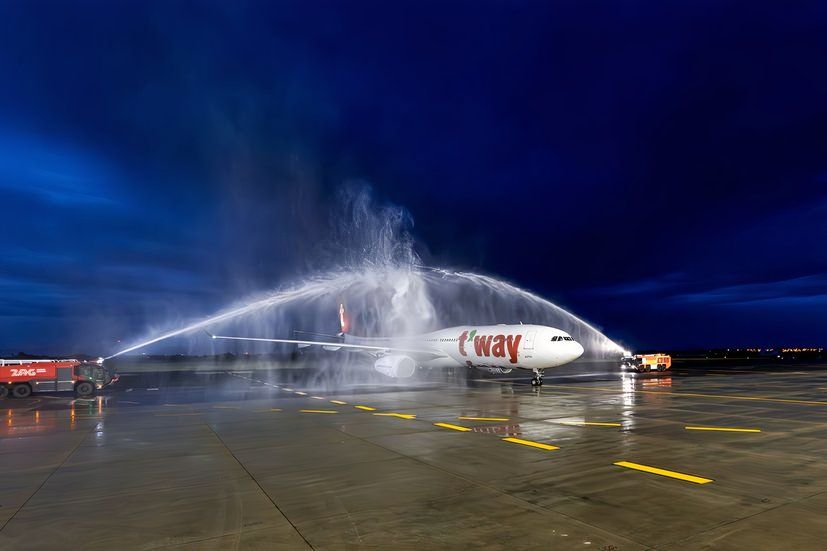
You might also like:
Up To 15h 50m Flights: T’Way Air’s Fast-Growing European Airbus A330 Network Examined
It only started flying to Europe in May 2024, but there is no inflight entertainment.
South Korea’s second-largest low-cost carrier
Jin Air commenced operations in April 2008, and has since grown to be South Korea’s second-largest low-cost carrier, after Jeju Air. The latest data from ch-aviation shows that Jin Air currently operates a fleet of 30 aircraft, with an average age of 13.6 years old. This is made up of 19 Boeing 737-800s, four Boeing 737 MAX 8s, three Boeing 737-900s, and four Boeing 777-200ERs. By contrast, Jeju Air operates a fleet of 41 aircraft.
Photo: KITTIKUN YOKSAP | Shutterstock
Although Jin Air now focuses on domestic and regional flying, the carrier has in the past operated a number of longer routes to destinations such as Honolulu (HNL) and Sydney (SYD). These were flown with the airline’s widebody Boeing 777-200ER aircraft, which can carry up to 393 passengers.
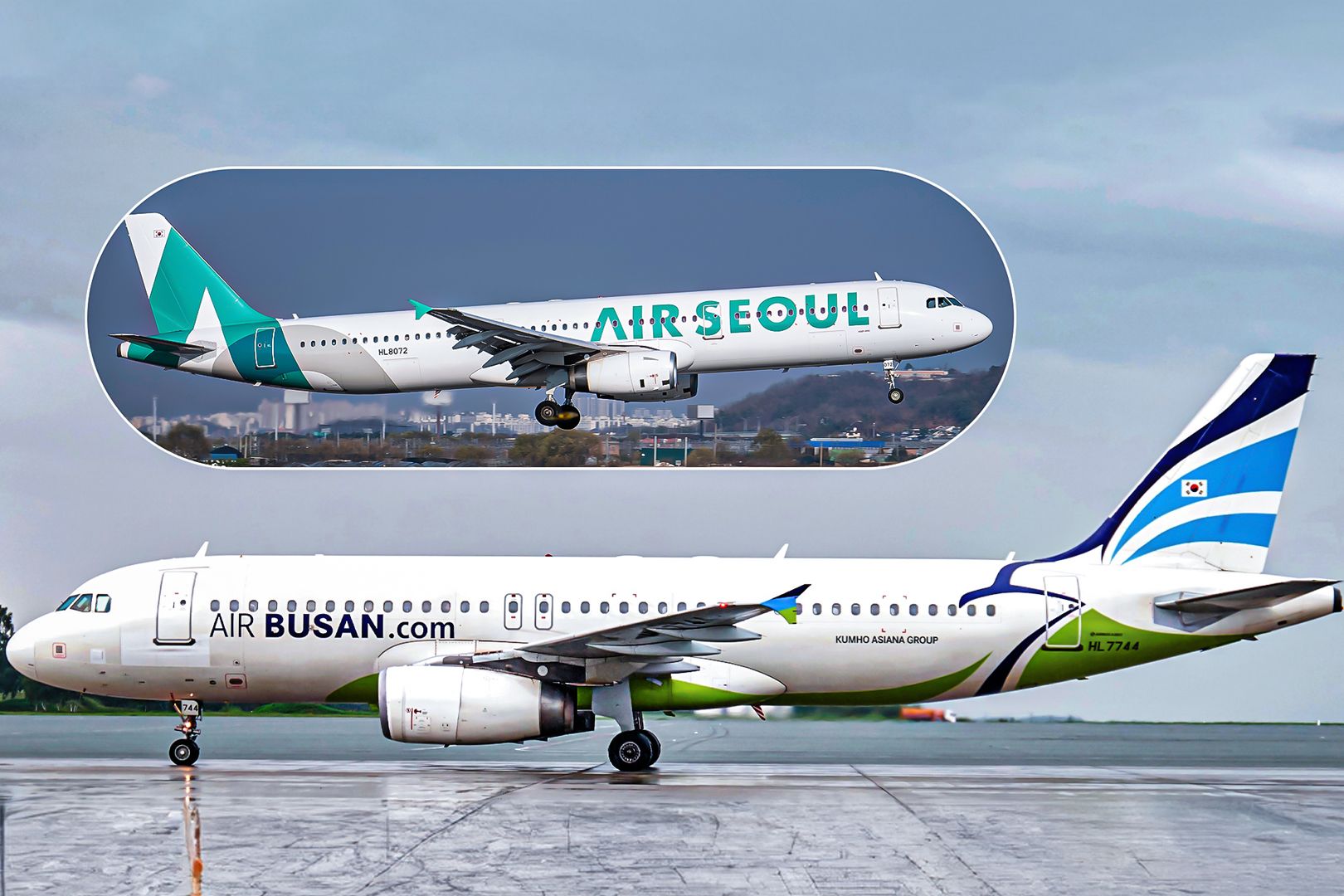
You might also like:
Asiana’s Low-Cost Subsidiaries: Everything You Need To Know
Discover the essential details about Air Seoul and Air Busan, Asiana Airlines’ budget-friendly subsidiaries.

